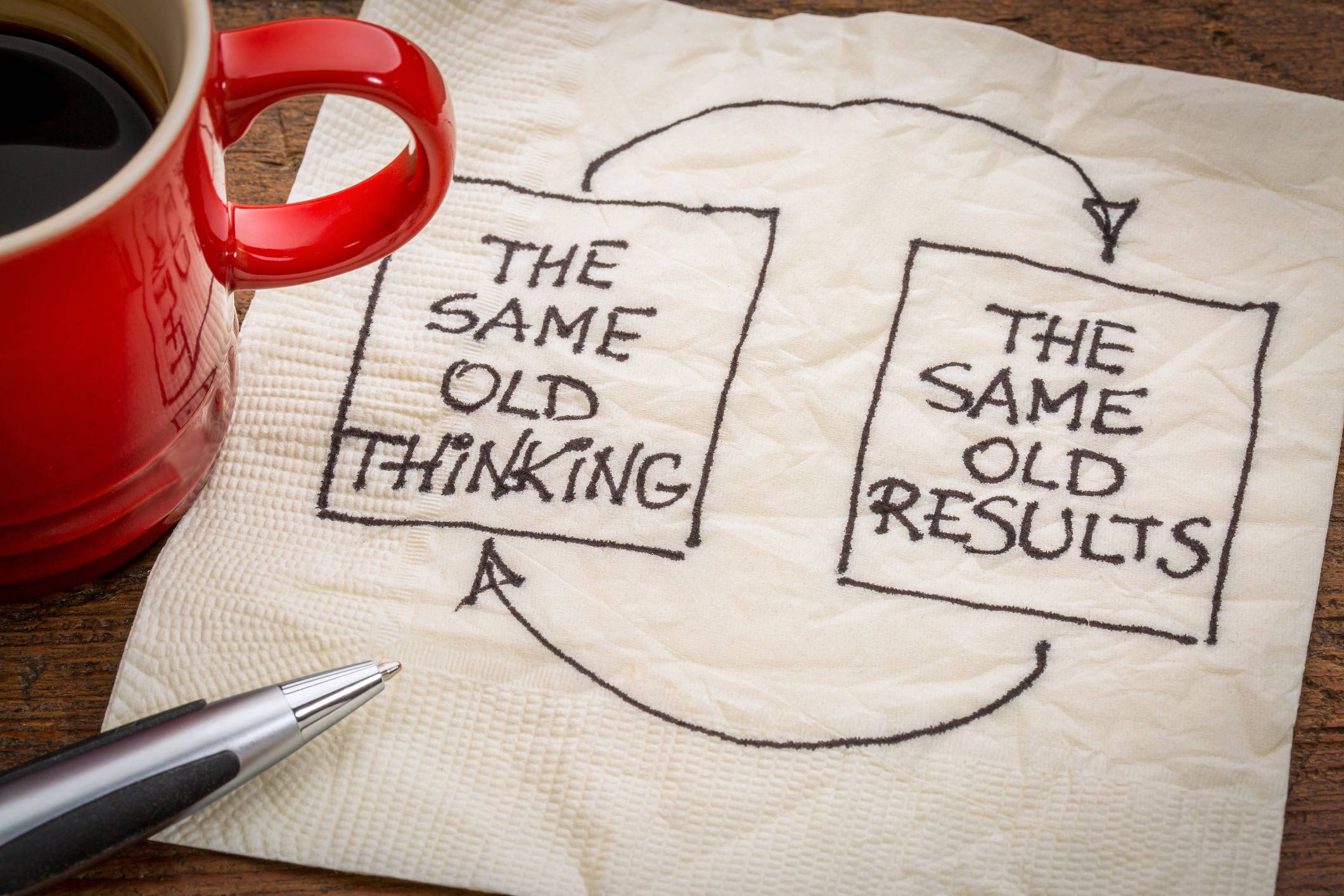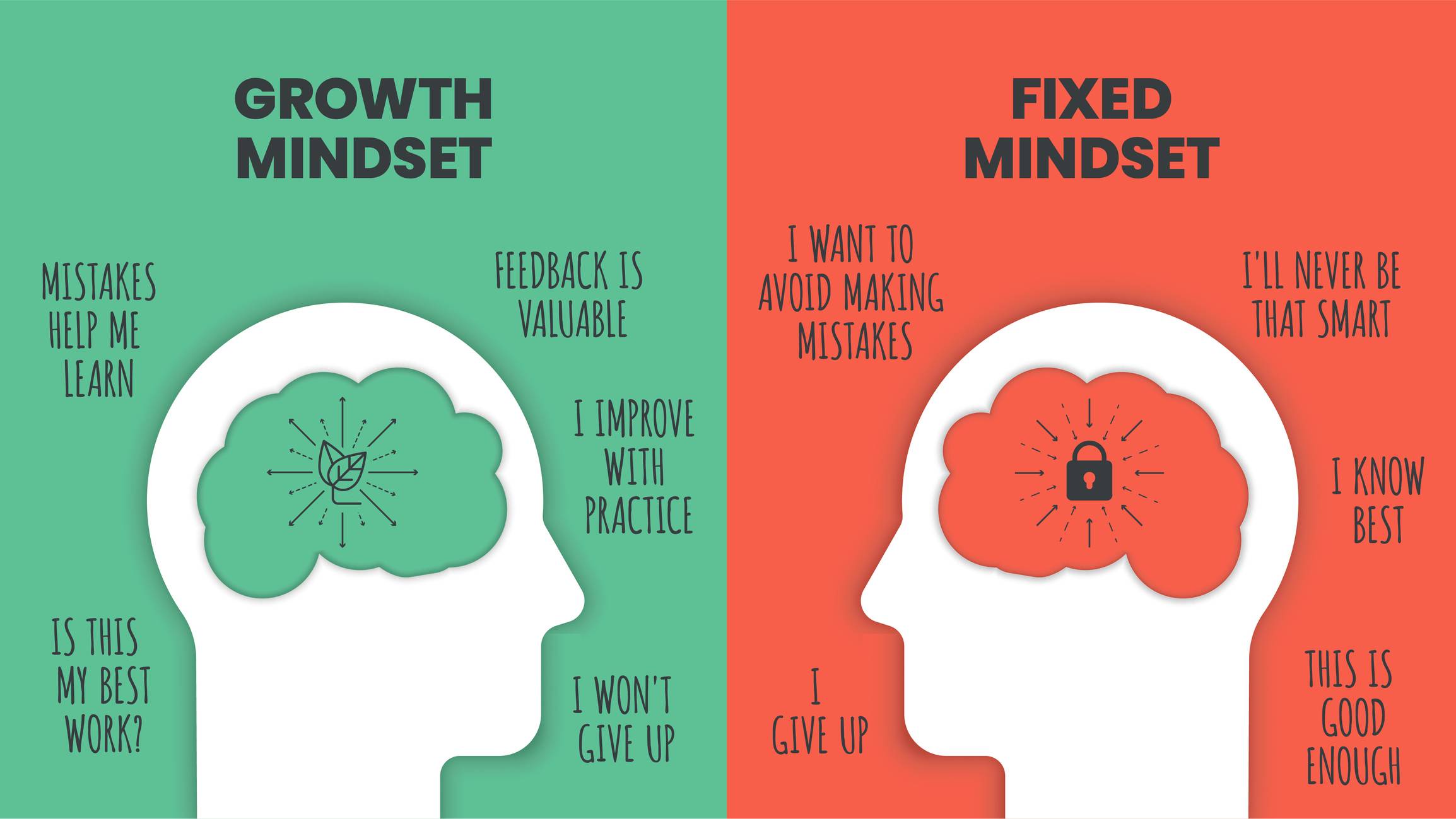The STAR method is a technique for answering behavioural interview questions. These types of questions are asked to find out about your thought processes and previous experience so that you can demonstrate you are a good fit for the role and have the capabilities necessary to do the job well.
Example Questions:
- Describe a situation in which you led a team.
- Tell me about a big decision you have made recently. How did you go about it?
- Describe a project where you had to use different leadership styles to reach your goal.
- Give an example of a situation where you solved a problem in a creative way.
- Tell me about a time when you achieved success even when the odds were stacked against you.
In answer to this type of interview question you will need to demonstrate that you have the relevant experience, that you’re reflective, that you’re aware of what the company / organisation needs and that you’re a good fit with existing employees.
One of the one of the most effective and recommended ways to answer these types of questions is by using the STAR method. This is because it helps you structure your response. STAR stands for Situation, Task, Action, and Result.
It is helpful to think of STAR as a story-telling framework that allows you to clearly articulate your accomplishments. It helps you keep your responses relevant, concise, and focused, making it easier for the interviewer to assess your suitability – the structured narrative gives them a better understanding of how your past experiences prepare you for the role you’re applying for.
When describing your skills, abilities or responsibilities for a future role, STAR stories can explain how you have done certain things effectively in the past and explain your ability to, for example collaborate with others.
What to include in each element of the STAR interview technique:
Situation:
Set the scene so that the interviewer has a clear understanding of the scenario. Briefly describe the context, explaining who or what was involved and your specific role. Be specific and ensure that someone with no prior knowledge of the context understands what you’re describing.
Task:
Define what you were specifically trying to achieve or what challenges you were trying to overcome. Explain the intended goals and objectives and include any obstacles or constraints you faced, as this helps the interviewer understand the difficulty of the situation and the scope of your responsibility.
Action:
This section is key to showcasing what you’re able to do when navigating a particular situation. Explain the specific steps you took to accomplish the task and your rationale behind your decisions. Ensure that your response highlights your specific skills such as adaptability, leadership, communication and problem-solving. Remember, this is your opportunity to showcase what sets you apart from others.
Result:
Describe the outcomes of your actions and include the wider impact on your team, the project or your company. Aim to quantify the result whenever possible and try to highlight measurable impacts such as percentage improvements, cost savings, or project delivery times. If you don’t have exact numbers, give the best estimate or focus on qualitative results, like improved team morale or enhanced customer satisfaction.
Example STAR stories:
Example 1:
Tell me about a time when you faced a significant challenge at work.
Situation: We were working on a major project with a tight deadline. Halfway through, one of the key developers left the team, which left us shorthanded and put the project in jeopardy.
Task: As the project manager, it was my responsibility to ensure we met the deadline, despite the reduced manpower.
Action: I quickly reassessed the project timeline and redistributed tasks among the remaining team members, making sure to prioritise the most critical components. I also set up daily check-ins to ensure we were staying on track.
Result: We not only met the deadline but also delivered the project with zero major issues. The client was very pleased, and the project led to more work for our company.
Example 2:
Tell me about a time that you took the initiative to learn a new skill.
Situation: As marketing coordinator, I noticed that our team frequently relied on external designers to create graphics for social media posts, which sometimes delayed our campaigns. I realised that learning basic graphic design skills could help us speed up the process and make our team more self-sufficient.
Task: I set a personal goal to learn some basic graphic design skills so that I could assist the team with smaller design tasks, reducing our reliance on external vendors and improving overall workflow efficiency.
Action: I enrolled in an online course on Adobe Illustrator and dedicated a few hours each week after work to practice. I also sought feedback from the design team on my work to ensure I was meeting professional standards. Over the course of a few months, I became proficient enough to create graphics for our social media platforms.
Result: As a result, I took on the design of social media posts and infographics, reducing turnaround times by 30% and increasing engagement on our posts by 15%. My manager acknowledged this initiative, and it ultimately led to my transition into a role with more creative responsibilities.
Identifying when it is appropriate to use the STAR method:
When to use the STAR method:
To respond to questions that lead you to describing a situation or task:
- Tell me about a time when….
- Give me an example of when…
- Describe a time when…
- Have you ever been in a situation where…?
When not to use the STAR method:
- Introductory questions such as ‘tell me about yourself’ or ‘talk me through your C.V’
- To answer open questions such as ‘what does ethical behaviour in the workplace mean to you?’
- Personality or character-based questions such as ‘what makes you a good fit for our company?’ or ‘what motivates you?’
- Questions for senior or executive level roles that require a broad understanding of industry trends or how to shape the direction of an organisation.
How to use the STAR method effectively:
1. Brevity and Focus
Start by providing just enough context to set the scene but avoid unnecessary details in the Situation and Task sections; spend the majority of time discussing your Actions and the Result. This will help you go beyond general descriptions or responsibilities and explain the value of what you bring to the table. Please note – you might tell a story that involved working with a colleague or in a team but it is important to avoid using ‘we’ and use the first person to emphasise your individual contribution to the situation.
2. Authenticity and Reflection
Interviewers appreciate honesty and reflection. You don’t always have to present a perfect success story. If you’re describing a challenge that didn’t go as planned, focus on what you learned and how you applied that knowledge in future situations. This demonstrates growth and self-awareness.
3. Recent, Relevant Examples
While older experiences are valid, try to choose recent examples that best represent your current skill set. Use stories that reflect the kinds of challenges you would face in the new role, showing that you’re ready to handle the job’s specific demands. Relevance is key! Make sure you have done your research into the company or organisation you’re applying to and study the job description so that you can determine what to include in your STAR stories and demonstrate your fit for the role.
4. Preparation
Interviewers are often looking for specific competencies like adaptability, teamwork, or leadership. Find out what skills, knowledge and attitudes the employer is looking for by reading the role description and identifying the key words. Do some research on the employer and see if there are any areas of expertise they are particularly seeking. For each competency the employer is looking for, find an example from your current or previous roles. Tailoring your STAR responses to match the job description can significantly improve your chances. Identify and practise a range of different STAR stories you can tell and be clear in your mind which skills and strengths these highlight.
5. Practice
Practice your storytelling before your interview but avoid learning your responses word for word – the STAR method can sound formulaic if overly scripted. Familiarise yourself with the key points of your stories so that you can adapt them to the questions you’re asked and highlight relevant skills, strengths and talents through a wide range of experiences. For example, you may prepare a STAR story about interacting with an upset client which could be used to answer a question about customer service skills but also could be used to answer a question about handling a challenging situation, remaining calm under pressure, or your ability to communicate effectively.
6. Select the right story for the right question
During the interview, listen to the employer’s words carefully to ensure you’re clear about what knowledge, skill or attribute they are asking about. Use a different story for each question and make sure you don’t repeat yourself. If you’re uncertain about how to answer, seek clarification. Be prepared for follow up questions. Remember that you want to show that you can deal with problems in a positive way, that you have a willingness and ability to learn, that you are aware of your limitations and that you can grow from your experiences.
7. Adaptations you can make to your STAR stories
Interviewers want to see emotional intelligence and the ability to be reflective. Showing self-awareness can be achieved by adding an extra R to STAR, to reflect on how your experience has influenced your professional growth and show your ability to learn from experiences and evolve. For some responses it may be appropriate to add an A to your STAR story and explain how you would apply your experience to the role you’re being interviewed for.
Mastering the STAR method can significantly boost your interview performance, allowing you to provide structured, compelling, and relevant answers. By focusing on the Situation, Task, Action, and Result, you will not only highlight your skills but also demonstrate your ability to reflect on past experiences and apply your knowledge to future challenges. With thoughtful preparation and practice of the STAR interview technique, you’ll be well-equipped to handle any behavioural interview question confidently.
(You might want to also read my blog on mastering the STAR interview technique which has further advice)










